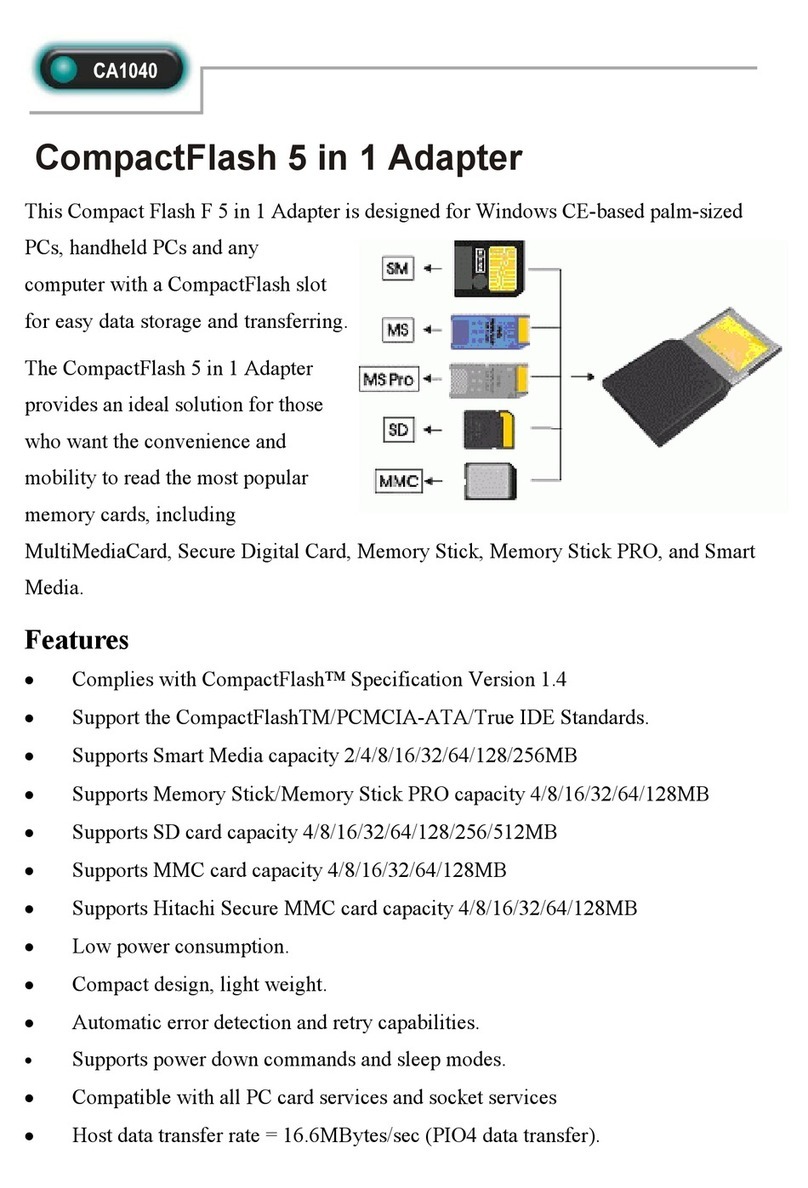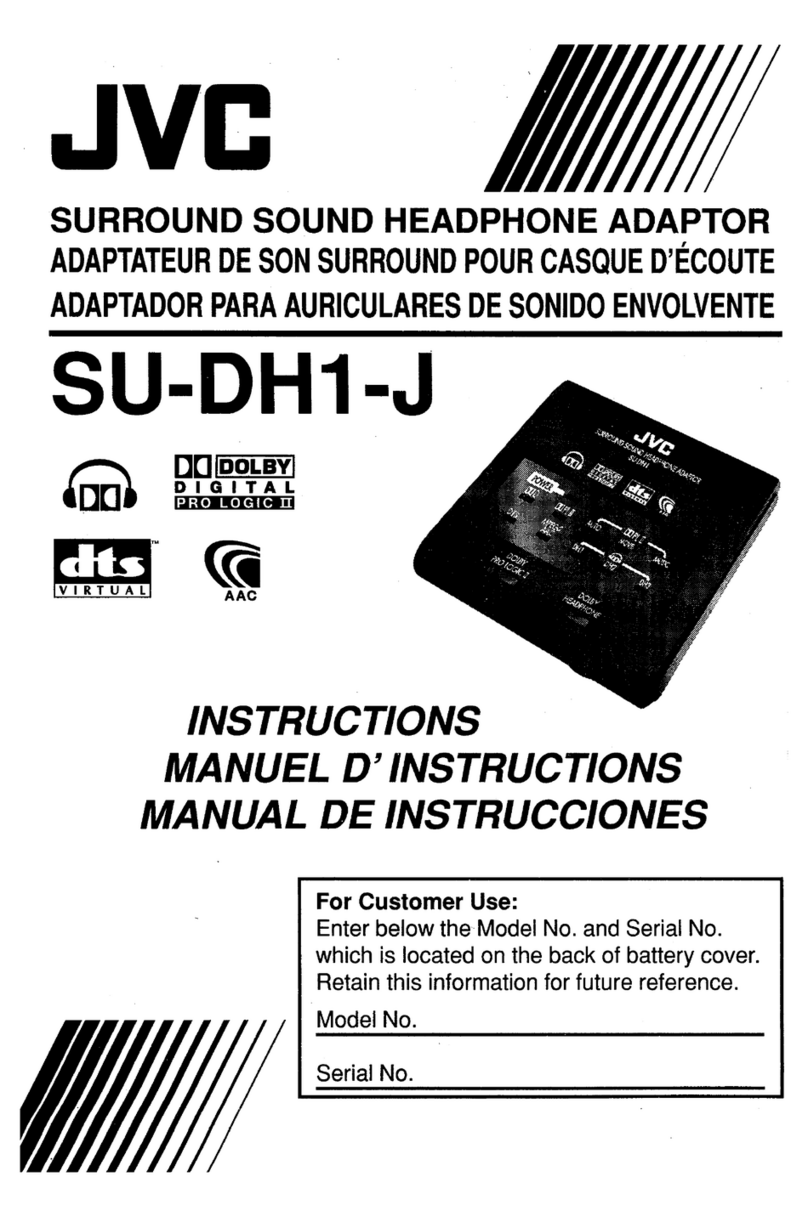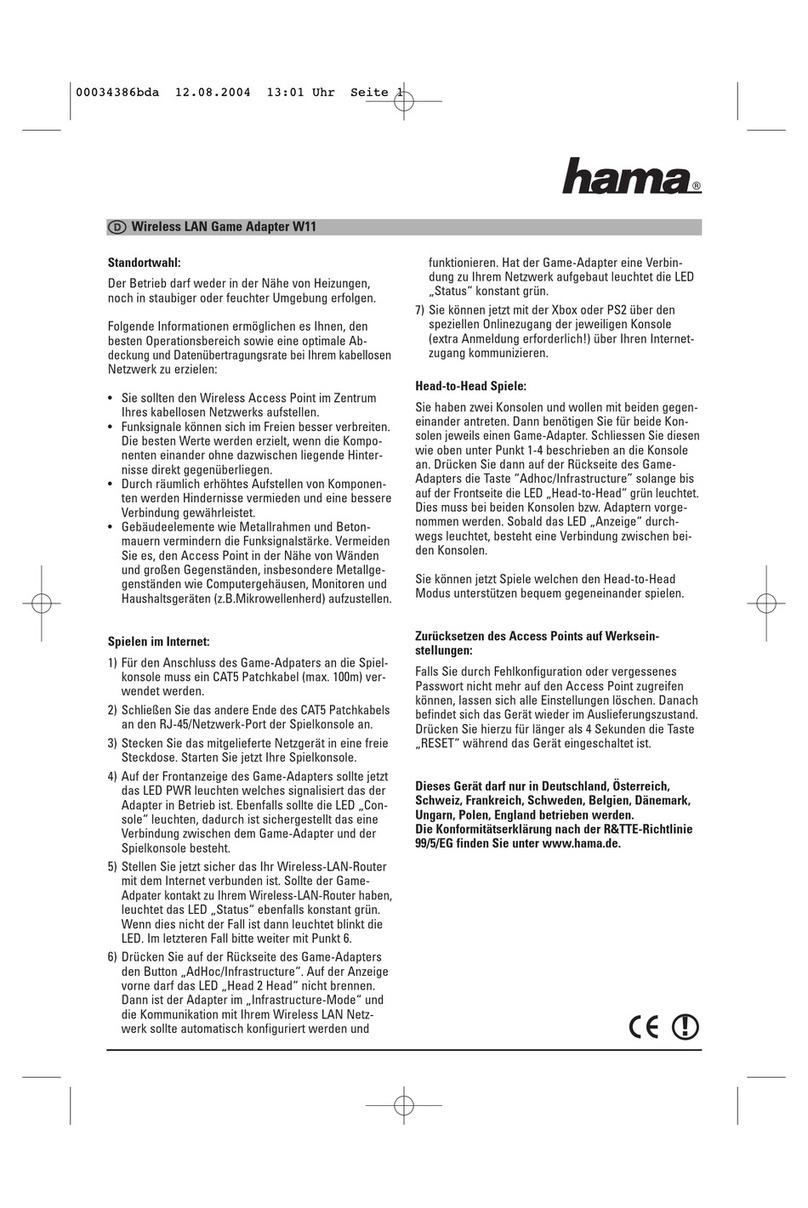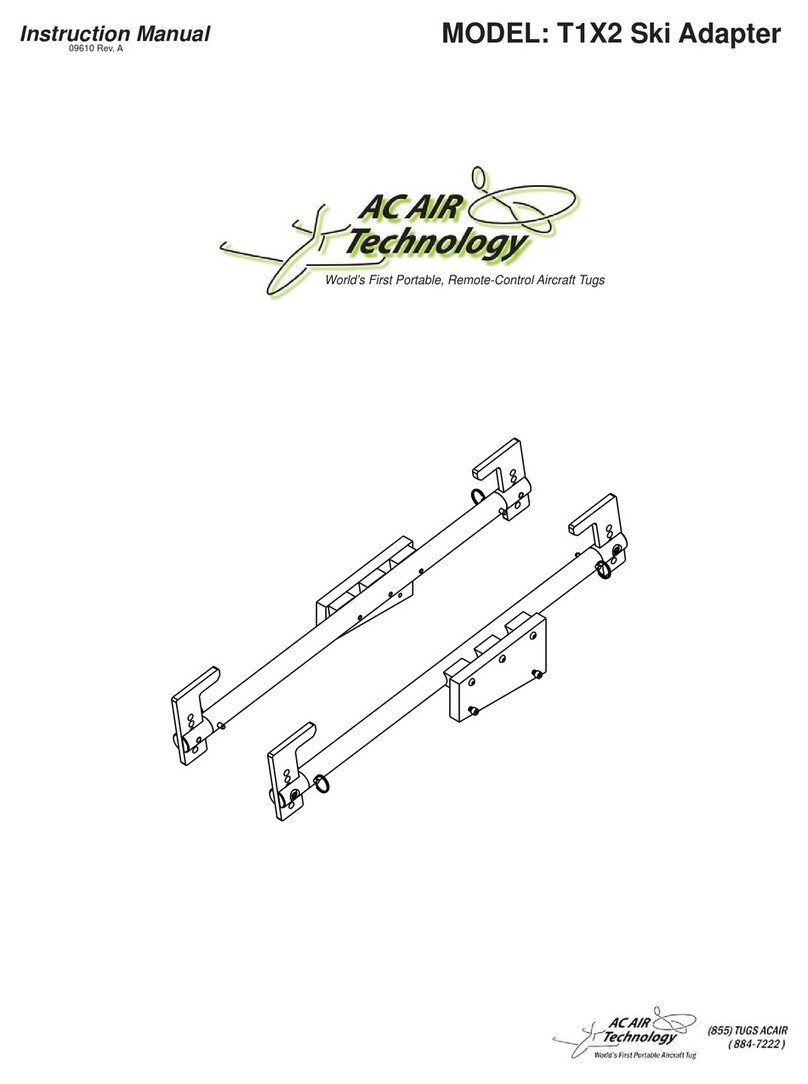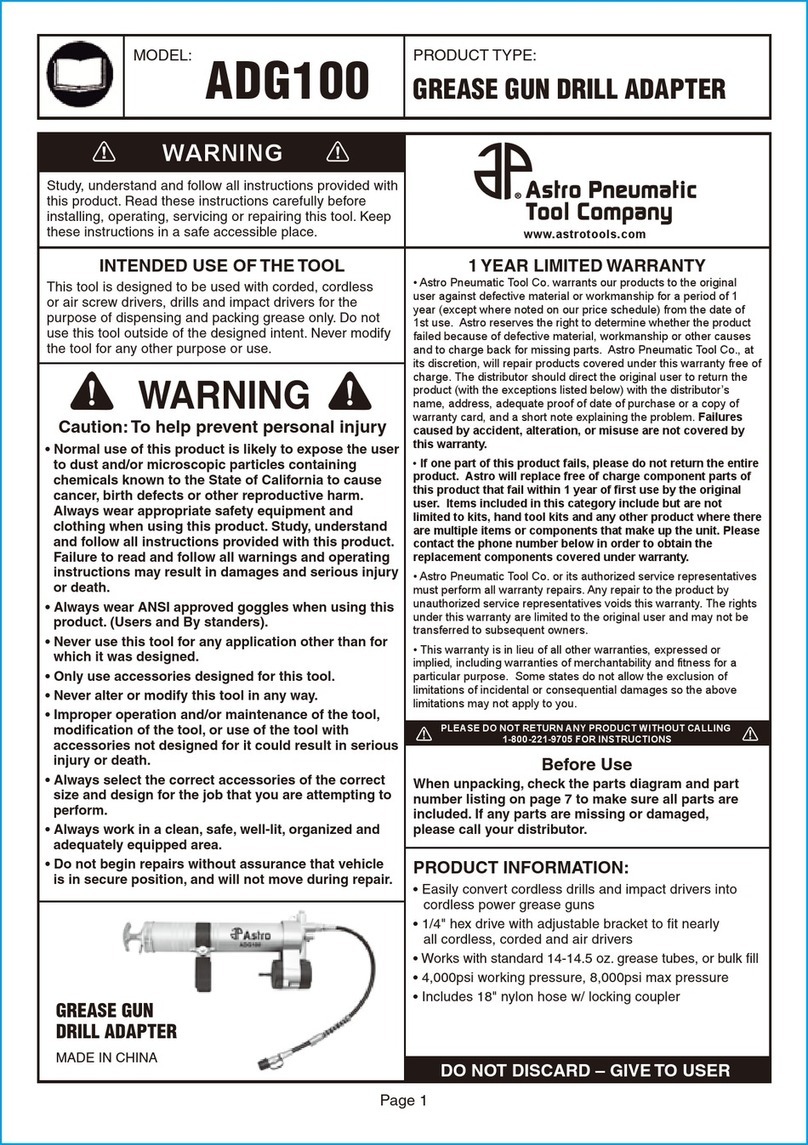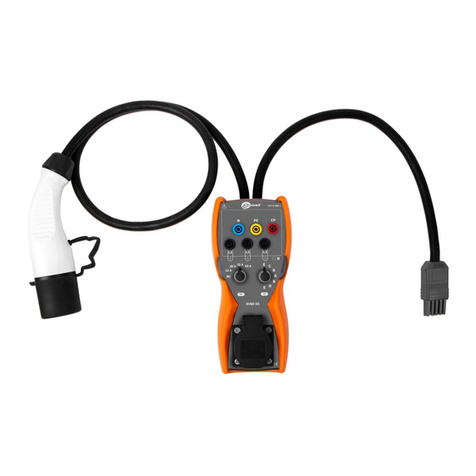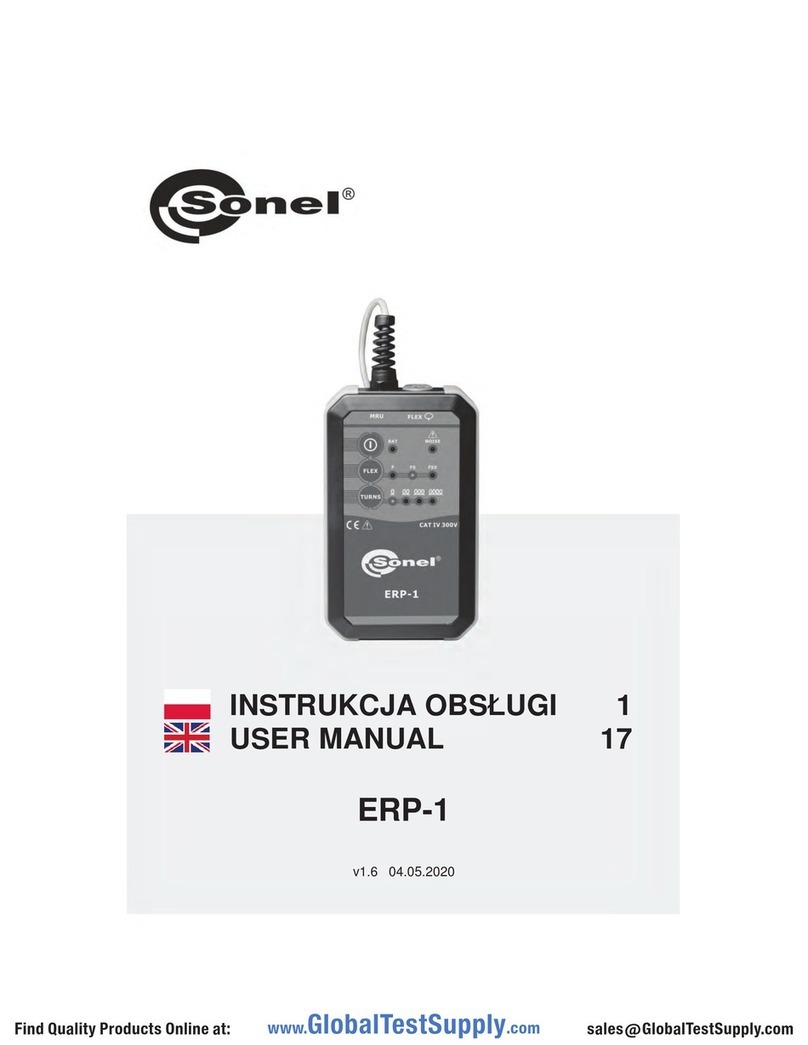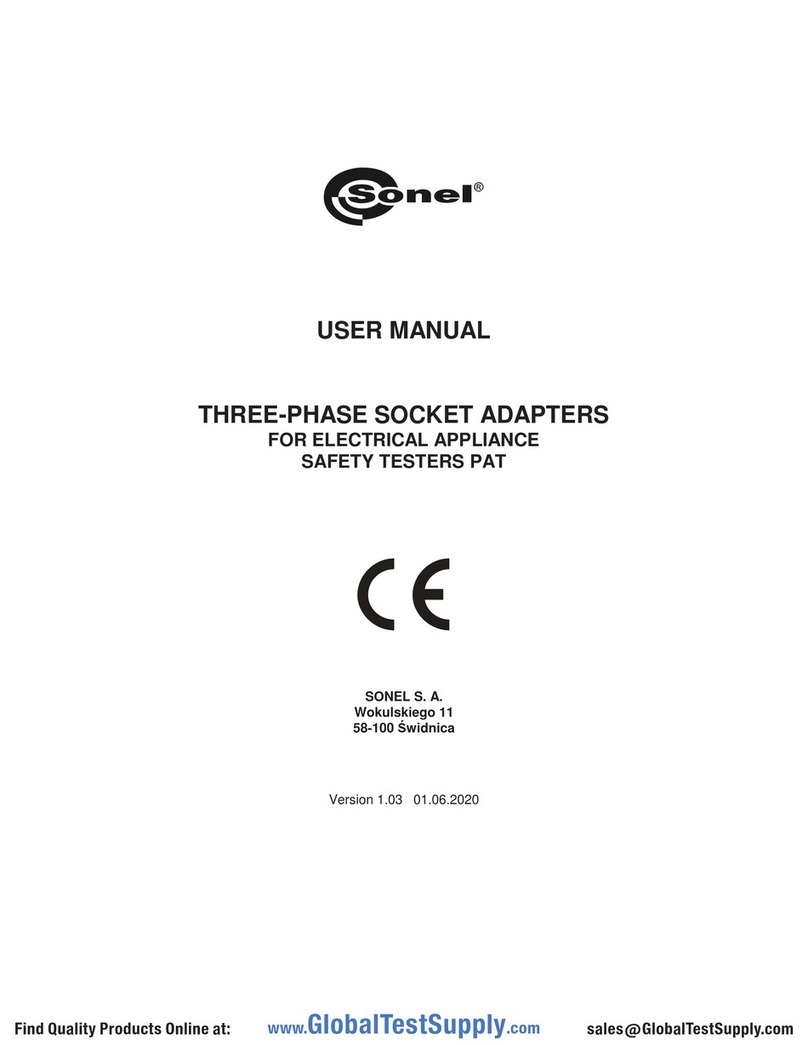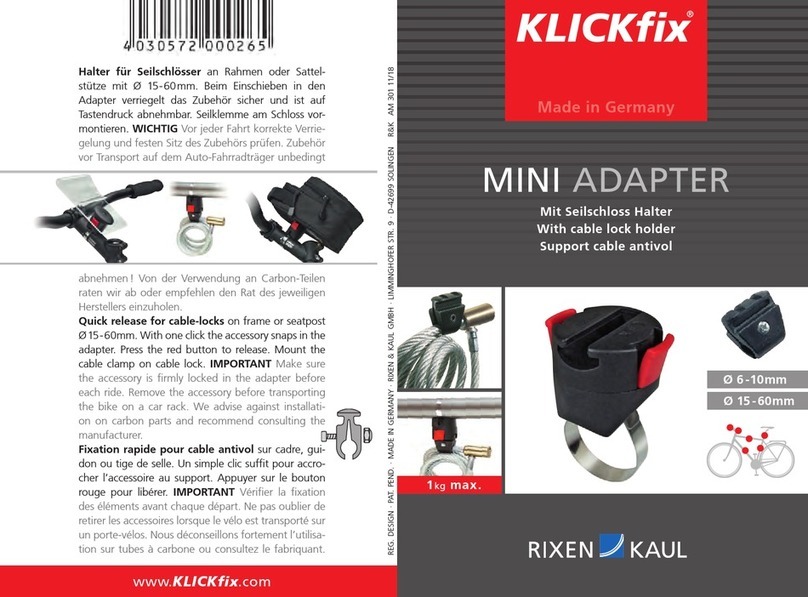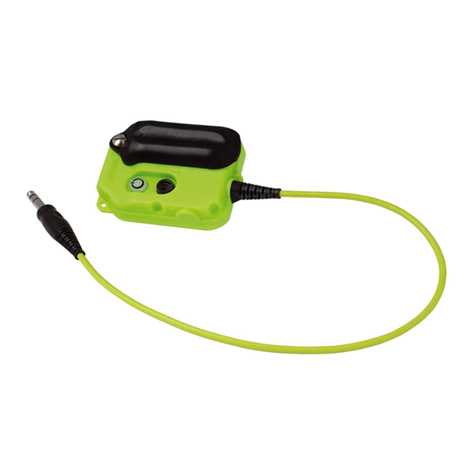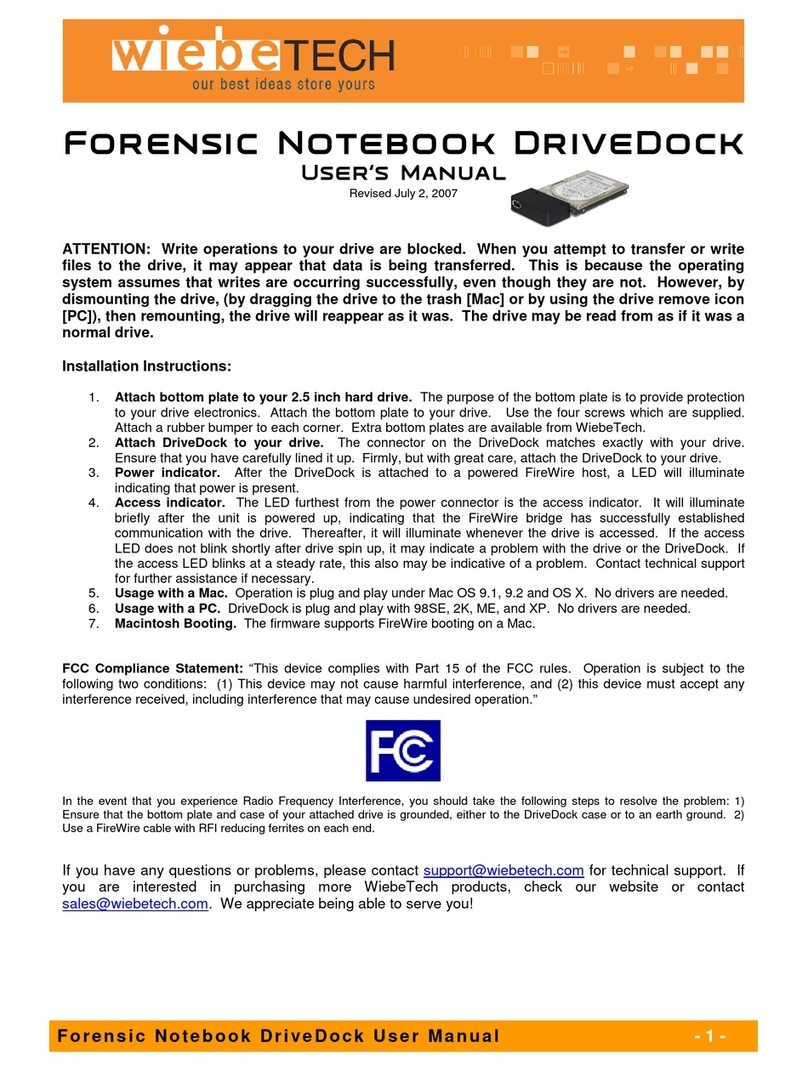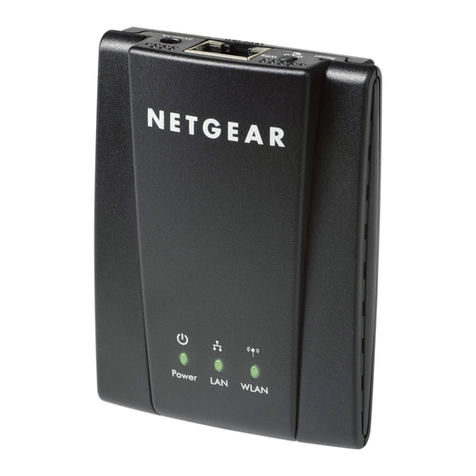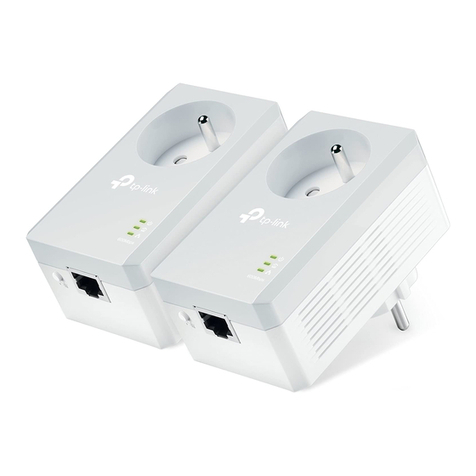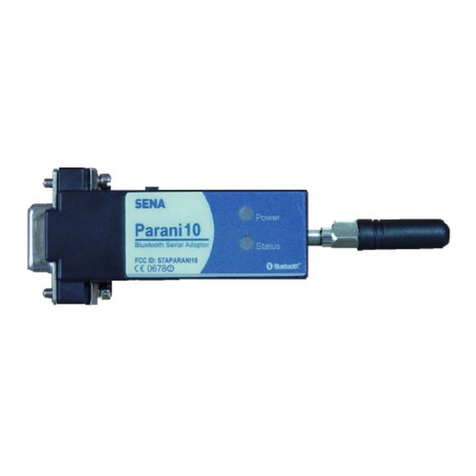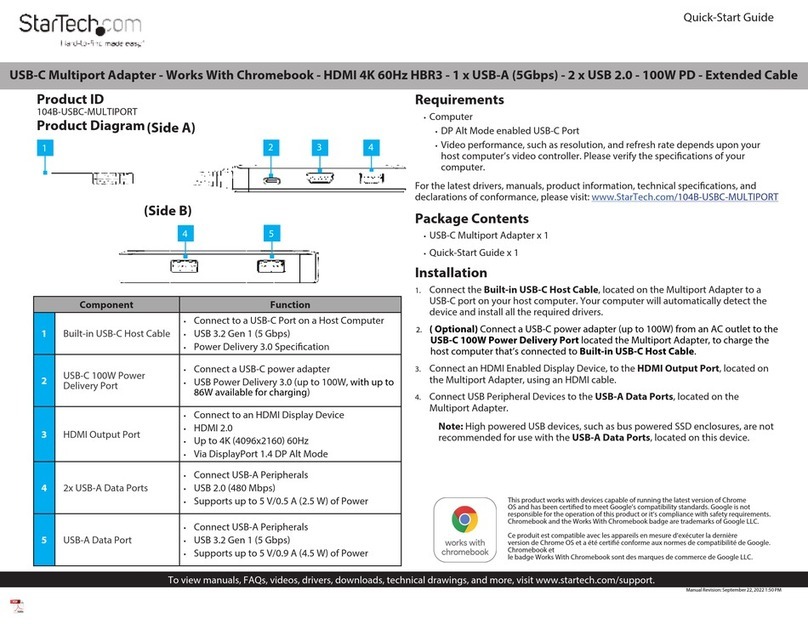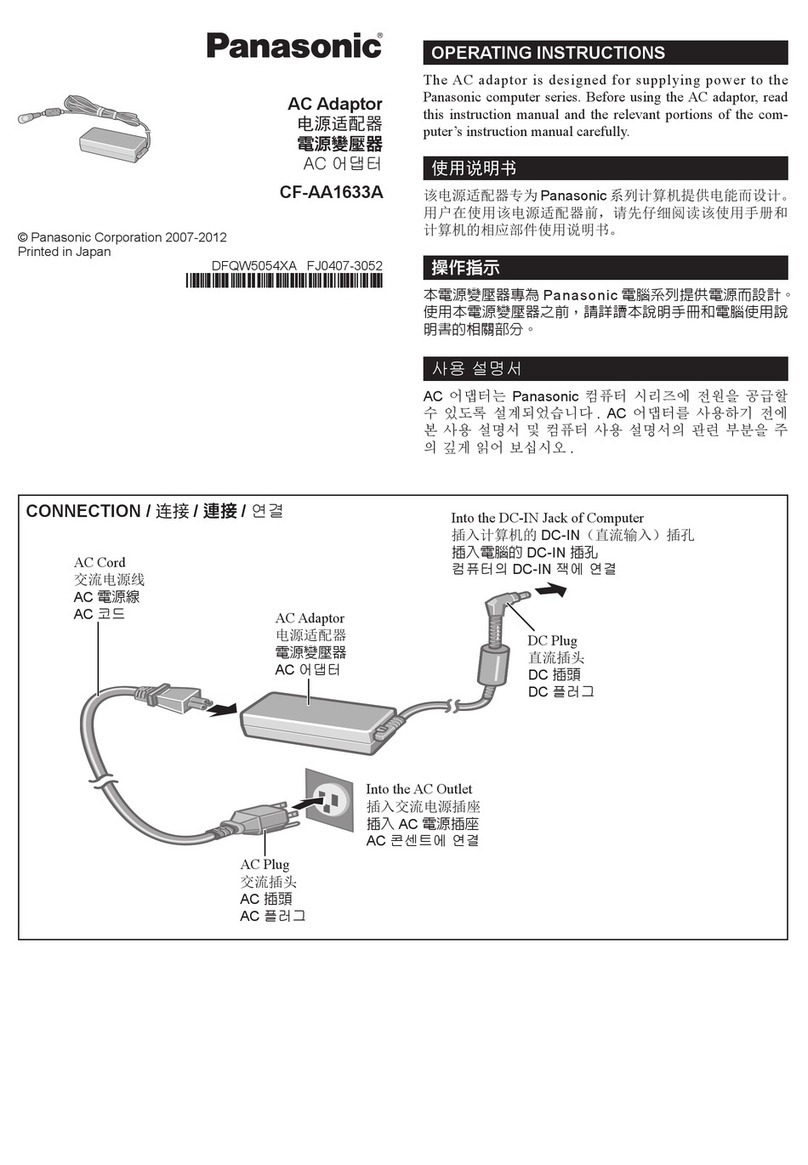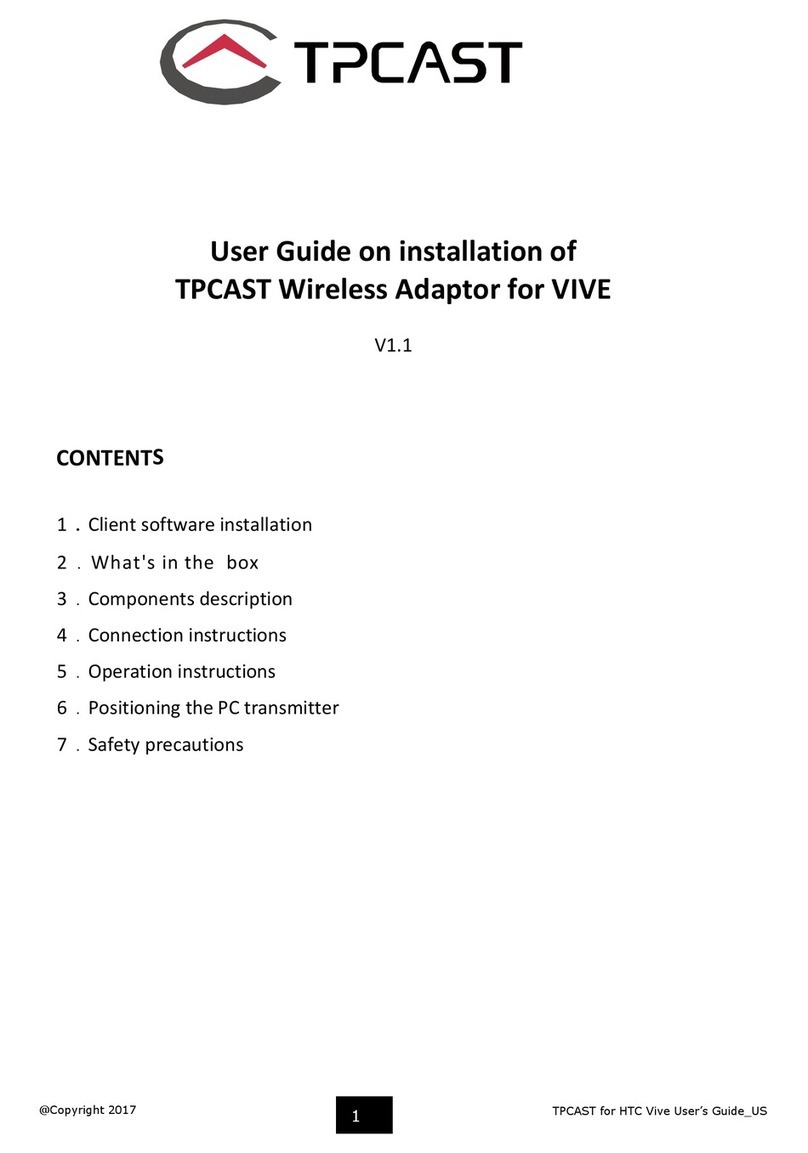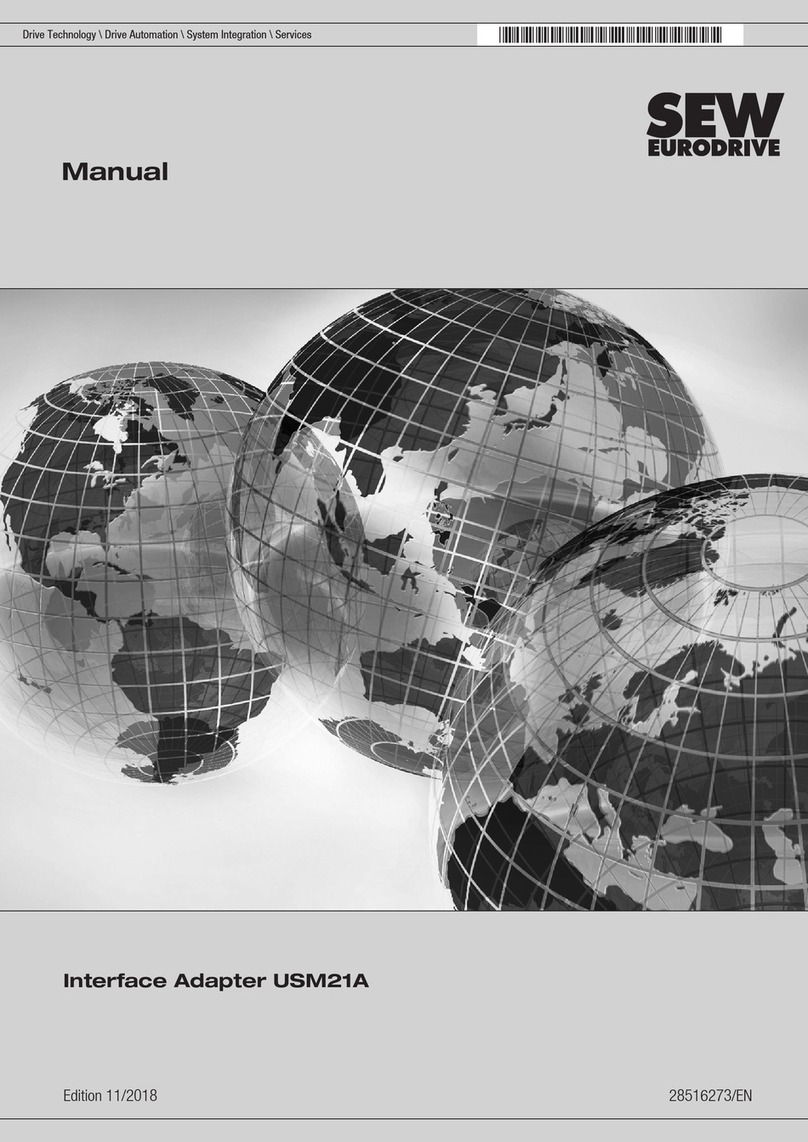
TWR-1 ●TWR-1J –USER MANUAL
1 Connecting the tester to the mains
1. Plug in the tester to the mains outlet equipped with a grounding pin.
2. Switch on the power supply using "Sieć" (Mains) switch.
WARNING
When the signal lamp installed in "Sieć" (Mains) switch is lit up, it means that the lines
marked as "Wejście" (Input) are live and the covers of lead plugs should not be removed!
3. Check whether L and N circuits are correctly connected. Improper connection of L and N leads to
the tester is indicated by active signal lamp marked as "Zamiana L z N" (L and N exchanged). In
this case, the switch marked as "Podłączenie L i N (Connecting L and N) and located on the
back of the tester must be switched to turn-off the signal lamp. When signal lamp in
"Podłączenie L i N" (Connecting L and N) switch is active in position 0, it means that the tester
is connected to the mains. In position 0 no voltage is applied to the leads marked as "Wejście'
(Input). In this case, the signal lamp "Sieć" (Mains) switch will be inactive.
4. After completing test measurements, switch off the power supply using "Sieć" (Mains) switch.
2 Checking RCD
All measurements of tested RCD test should be repeated several times to check the stability of
parameters. If the results of successive measurements significantly differ from each other, the RCD
should be regarded as defective.
For RCDs type A, perform measurements for both sinusoid currents with initial phase of 0 and
180 degrees and for positive and negative unidirectional pulsating currents. In the case of RCDs Type
B, perform also measurements for positive and negative Direct Current. The results obtained for dif-
ferent current shapes do not have to be similar, whereas those for a single current shape, but different
phases or directions should be similar.
WARNING
A RCD should be connected to the tester only when the power supply is disconnected!
1. Connect the leads installed at the back of the tester (marked as "Wejście" [Input]) to the appro-
priate input terminals of the RCD. For single-phase RCDs leave L2 and L3 leads unconnected.
Set the rotational function selector at MEM.
2. Switch on the power supply and check the RCD using the built-in high-speed testing circuit (usu-
ally a button marked as TEST). If the RCD does not trip, further tests may help to precisely de-
termine the defect/damage.
3. Switch off the power supply and connect leads marked as "Wyjście" (Output) to the output ter-
minals of the RCD.
4. Connect MRP or MPI meter to the tester and switch on the power supply.
5. Measure RCD tripping time.
